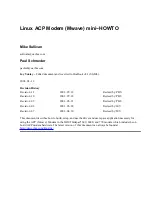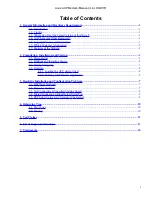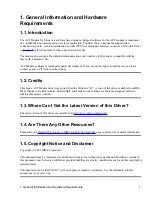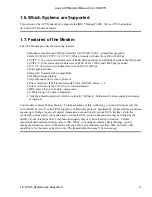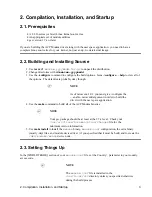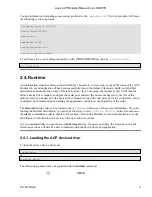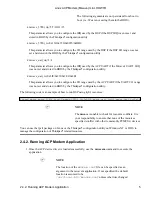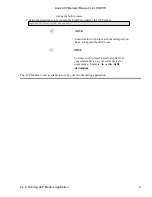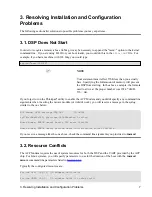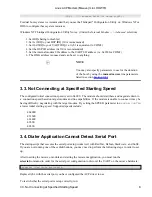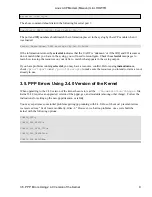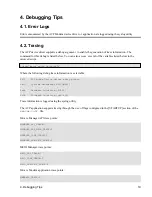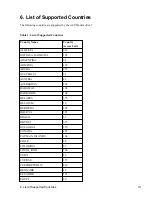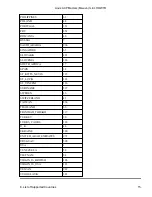
1.6. Which Systems are Supported
This version of the ACP Modem driver supports the IBM Thinkpad" 600E, 600, and 770 that include
on−board ACP modem hardware.
1.7. Features of the Modem
The ACP Modem provides the following features:
Standard asynchronous COM port interface (NS16550A UART compatible) operation
•
Bell−103/212A, CCITT−V.21/V.22,V.22bis protocols with data from 300 to 2400 bps
•
CCITT−V.32 protocols with data rates of 4800, 9600 uncoded, and 9600 bps Trellis coded (Optional)
•
CCITT−V.32bis protocols with data rates of 4800, 9600, 12000, and 14400 bps (optional)
•
ITU−T V.34 protocols with data rates from 2400 to 33600 bps.
•
56K capable modem
•
Hayes AT Command Set compatibility
•
DTMF and pulse dialing
•
Asynchronous error recovery protocol
•
Error correction via Microcom Network Protocol (MNP) classes 1−4
•
Error correction via the V.42 error correction standard
•
MNP class 5 for up to 2x data compression
•
V.42bis for up to 4x data compression
•
"Adaptive Rate Negotiation" which provides for "Fallback / Fallforward" as line quality deteriorates
or improves
•
Your modem contains 56K technology. To take advantage of this technology, you must first make sure that
your Internet Service Provider (ISP) supports a 56K modem protocol. Significantly higher modem connection
speeds, up to 56kbps, require all−digital transmission connections from your ISP to the line card in the
central office from which your phone line is connected. The actual connection rate may be limited by the
quality of your telephone lines. Telephone line quality may vary from location to location. Current
regulations limit maximum trasfer rates to 53K. While your modem contains 56K technology, typical
maximum connection rates in the receive direction may be significantly less than 56K. Currently, 56K
capability is for the receive direction only. The transmit direction uses V.34 technology.
Linux ACP Modem (Mwave) mini−HOWTO
1.6. Which Systems are Supported
2

